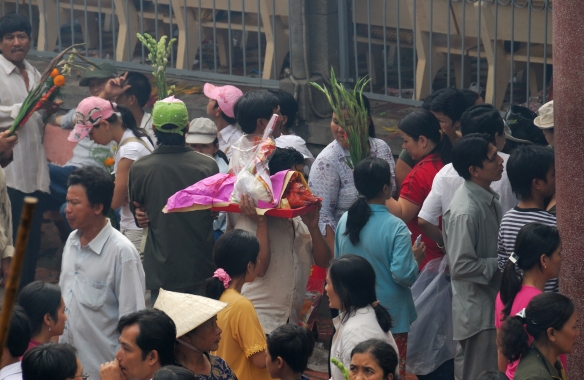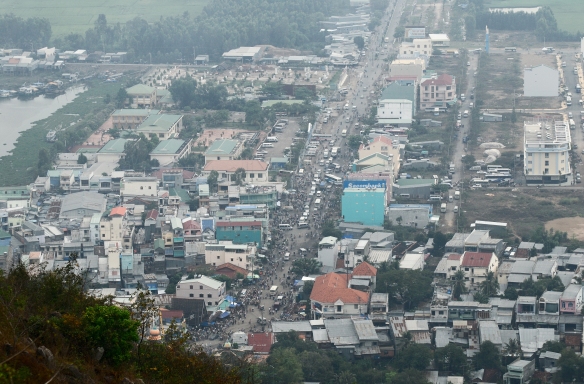In light of the current food crisis brought on by Russia’s invasion of Ukraine, it seems like a good time to reprint my posts about food banks. I wrote this two-part post back in 2013. Since then, need brought on by food insufficiency has only grown more dire. May these posts give my readers food for thought.
– Jadi
I visited the Food for Lane County food bank while doing research for my second book Tsunami Cowboys. One character visits a food bank. It’s a brief scene, a couple pages. Easy enough. Nonetheless, the scene matters.
I spent hours trolling the Web for information. The back of my brain always insists, Get it right, Jadi. Then I remembered I actually know several people who work at non-profits… and I’d never visited a food bank. So, in the interests of research (and a wonderful excuse to see what a friend does all day) I made an appointment to interview Beverlee Potter (at that time Beverlee Hughes), Executive Director of Food For Lane County [FFLC] in Eugene, Oregon.
I thought I knew about the reality of hunger. Uwe and I travel to out-of-the-way places, and God knows we’ve seen poverty and malnutrition in countries and regions all around the globe. But the visit to FFLC brings it back home.
- Fact: 20% of the U.S. population lives in poverty
- Fact: 46 million Americans are on food stamps
- Fact: The number of people needing services has tripled in a decade
- Fact: 1 in every 5 people in Oregon is eligible for food assistance
- Fact: Oregon State has highest rate of childhood hunger in the country (29.0%)
- Fact: 30% of children in Oregon are food insecure *
- Fact: 39% of Lane County residents are eligible for emergency food assistance
- Fact: In some Lane County schools, 95% of all children are eligible for free or reduced cost lunches
What do you do with these facts? If you’re Beverlee, you get to work. She and her staff of 58 achieve an astonishing range of goals:
- Emergency & Mobile food pantries (distributing just under 8 million lbs. of food/year)
- Emergency Meal sites & shelters
- 3 Child Nutrition Programs
- Food Rescue Express & Fresh Alliance (distributing 1 million lbs. of food/year)
- 2 gardens & a 6-acre farm that grow food & build self-esteem. FFLC hires at-risk kids and through internships teaches them teamwork, punctuality, customer services, etc. Daily lunches at the gardens teach people what freshly harvested produce tastes like.
- Extra Helping, food for low-income housing sites
- Rural deliveries
- Delivery of once-a-month food boxes for low-income seniors
- A farm stand outside PTA meetings where parents can pick up food as they leave
- The Dining Room, the food bank’s sit-down restaurant in downtown Eugene, offering free 4-5 course meals. They serve up to 300 meals a night.
- Shopping Matters, classes to teach people on limited budgets how to shop for food
- Cooking Matters, free cooking & nutrition classes
***
Beverlee Potter has since retired. The amazing work of Food For Lane County continues. For more information: https://foodforlanecounty.org/
I’ll post Part 2 tomorrow.
NOTES: *Food insecurity—the condition assessed in the food security survey and represented in USDA food security reports—is a household-level economic and social condition of limited or uncertain access to adequate food. Copyright © 2013 Jadi Campbell. Previously published as A Visit to the Food Bank, Part One. Keep in mind that the statistics on hunger cited here are from 2013.
ere for my author page to learn more about me and purchase my books. My main character in Tsunami Cowboys goes to the food bank.







 I couldn’t resist the piles of beautifully plaited and stamped breads,
I couldn’t resist the piles of beautifully plaited and stamped breads,
 as well as the stacks of sesame and bean paste desserts…
as well as the stacks of sesame and bean paste desserts…




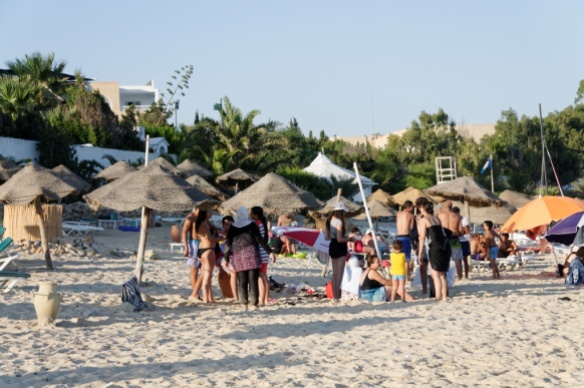

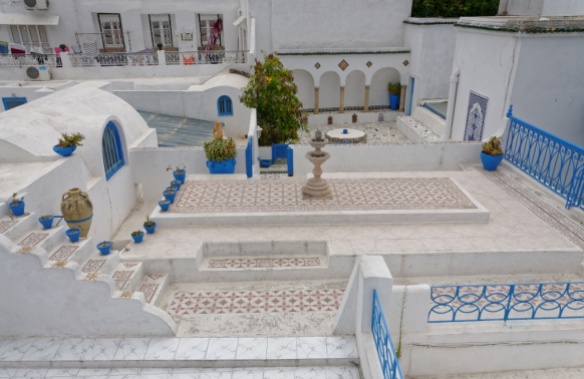
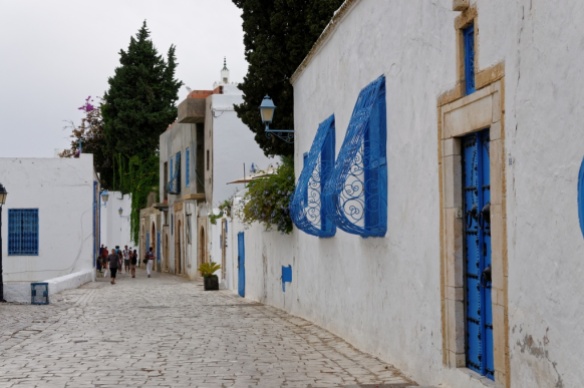
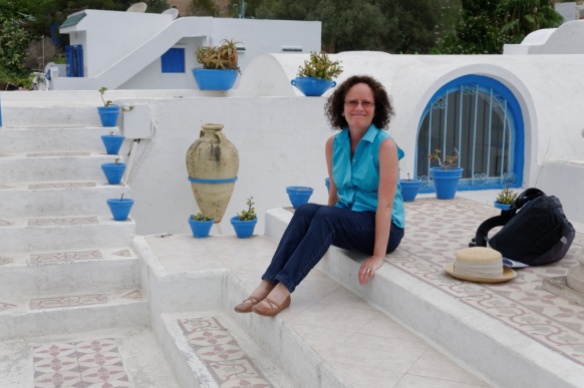


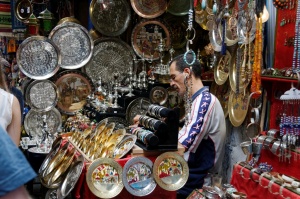
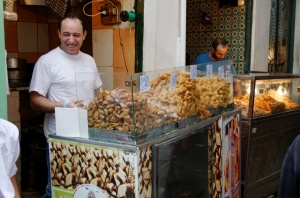
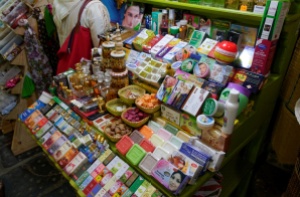


 Author and journalist Mark Kurlansky was born December 7, 1948 in Hartford, Connecticut. He has written about oysters, cod, salt, salmon, milk and paper – among other topics. His writing is engaging and informative. I have copies of Cod: A Biography of the Fish That Changed the World (an international bestseller translated into more than 15 languages) and Salt: A World History. His book
Author and journalist Mark Kurlansky was born December 7, 1948 in Hartford, Connecticut. He has written about oysters, cod, salt, salmon, milk and paper – among other topics. His writing is engaging and informative. I have copies of Cod: A Biography of the Fish That Changed the World (an international bestseller translated into more than 15 languages) and Salt: A World History. His book 




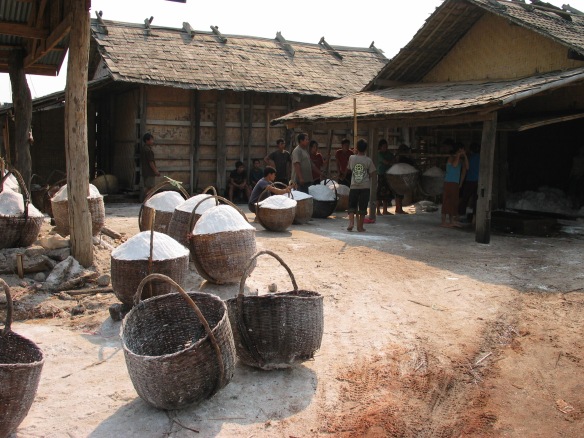
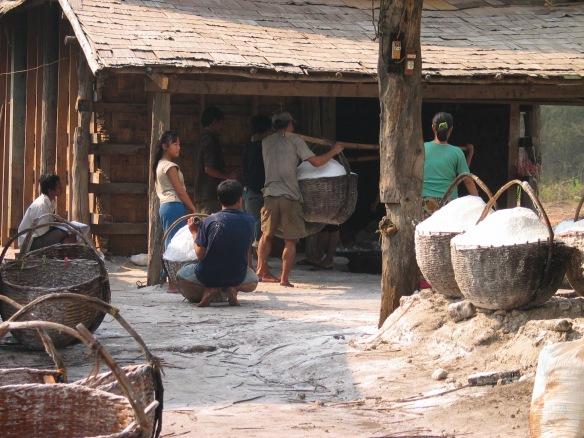


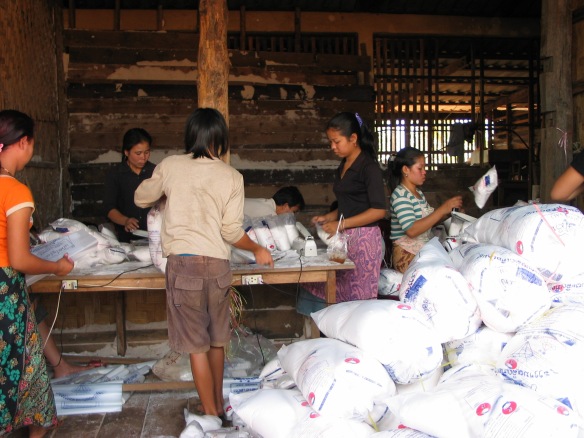
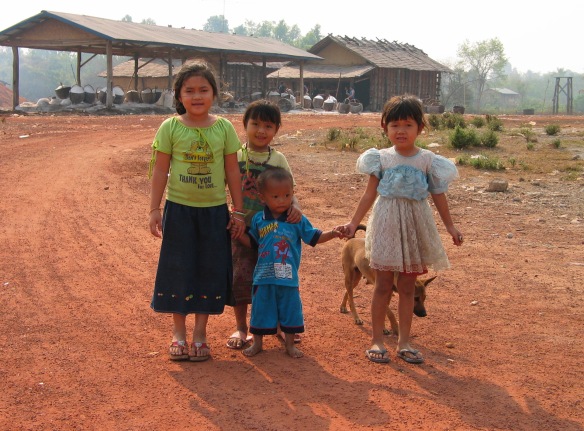

 NOTES: Text and photo © Jadi Campbell 2019. To see Uwe’s pics from our trips go to
NOTES: Text and photo © Jadi Campbell 2019. To see Uwe’s pics from our trips go to 
 I can guarantee you we’ve already scoped out all the good places to eat! Gran Canaria was no exception, and Uwe found a highly praised locale kitty-corner to our hotel. Hungry, on Thursday we headed over to Restaurante de Cuchara and entered a small family restaurant, probably 12 tables max. The owners greeted guests like old friends (most of them were) and only the owners’ handsome son Guillermo spoke English. He took it upon himself to serve us each course – which he was also cooking – and explained each dish with pride. The meal was great. I’ve retained a little of my high school and college Spanish (moving to Germany and having to learn Deutsch highjacked most of the foreign language area of my brain). But I could read the flier on our table that said Restaurante de Cuchara was serving a special six-course menu on Saturday.
I can guarantee you we’ve already scoped out all the good places to eat! Gran Canaria was no exception, and Uwe found a highly praised locale kitty-corner to our hotel. Hungry, on Thursday we headed over to Restaurante de Cuchara and entered a small family restaurant, probably 12 tables max. The owners greeted guests like old friends (most of them were) and only the owners’ handsome son Guillermo spoke English. He took it upon himself to serve us each course – which he was also cooking – and explained each dish with pride. The meal was great. I’ve retained a little of my high school and college Spanish (moving to Germany and having to learn Deutsch highjacked most of the foreign language area of my brain). But I could read the flier on our table that said Restaurante de Cuchara was serving a special six-course menu on Saturday.



 I was dying to ask him a question. When he came with our desserts I said, “We’ve been wondering if we might ask you, where did you train as a chef?” He smiled. “NOMA, in Copenhagen. I worked for a while in Bangkok, too.” NOMA! We knew NOMA has been repeatedly rated the best restaurant in the world. [2]
I was dying to ask him a question. When he came with our desserts I said, “We’ve been wondering if we might ask you, where did you train as a chef?” He smiled. “NOMA, in Copenhagen. I worked for a while in Bangkok, too.” NOMA! We knew NOMA has been repeatedly rated the best restaurant in the world. [2] While I’m posting about China and Xi’an, I want to mention the yummy traditional foods. I’ll keep this post brief, and allow Uwe’s photos from our visit to do the talking. Besides, my mouth keeps watering just looking at them.
While I’m posting about China and Xi’an, I want to mention the yummy traditional foods. I’ll keep this post brief, and allow Uwe’s photos from our visit to do the talking. Besides, my mouth keeps watering just looking at them.

 I couldn’t resist the piles of beautifully plaited and stamped breads,
I couldn’t resist the piles of beautifully plaited and stamped breads, as well as the stacks of sesame and bean paste desserts…
as well as the stacks of sesame and bean paste desserts…




